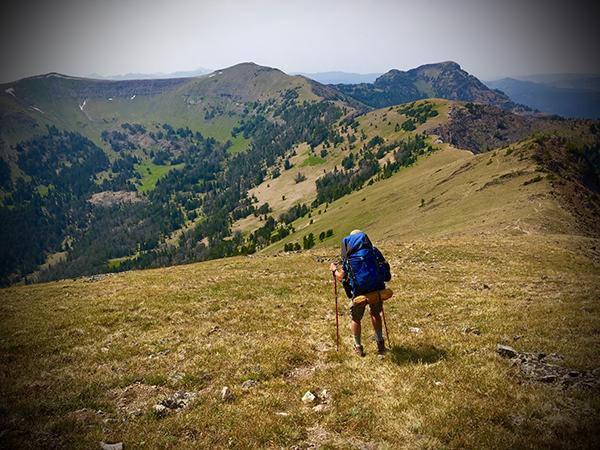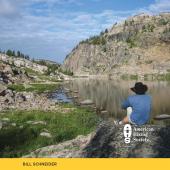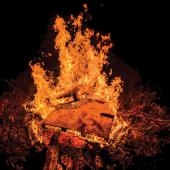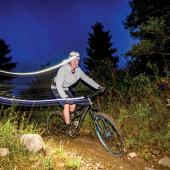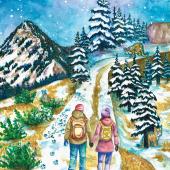Why Wilderness
A plea for the Gallatin Range.
I started tromping around the wild country of Montana half a century ago during the summer of 1968. While stationed at Malmstrom Air Force Base in Great Falls during the early 1970s, I trekked through Glacier and the wild lands in and around the Bob Marshall Wilderness.
During those early years, I was aware of the 1964 Wilderness Act, and that I was at times walking through land designated as Wilderness, but I really didn’t pay much attention to boundaries. Back then, almost all travel was by foot or horseback. Occasionally I might see a Jeep on an old logging road, but there were no motorcycles, snowmobiles, ATVs, jet skis, or mountain bikes where I traveled.
I started my seasonal career as an Interpretive Park Ranger in Yellowstone in 1974, and continued my travels through its backcountry, soon appreciating the wonderful wild buffer zones surrounding the Park. Having worked two summers at Great Smoky Mountains National Park, I realized that not all national parks are so fortunate. During subsequent years I would explore the designated Wilderness Areas surrounding the park, from the Absaroka-Beartooth to the north and northeast, to the Winegar Hole in the southwest. For some reason, I failed to explore the Gallatin Range north and northeast of the park. I knew that Congress had designated this range as Wilderness in 1988, with the support of Montana senators Max Baucus and John Melcher, and Montana representative Pat Williams. However, President Ronald Reagan vetoed the bill.
I eventually explored portions of the Gallatin Range, climbing Mount Blackmore and hiking to Windy Pass. But it wasn’t until the summer of 2018, nearing the age of 72, that I backpacked the full length of the Gallatin Crest from Grotto Falls all the way into Yellowstone with my two daughters, my 13-year-old grandson, and friends. What I experienced along the way truly amazed me. The high-mountain scenery, with its snowcapped peaks and flower-laden meadows, matched anything that I have seen along the high-line in Glacier from Logan Pass to Brown Pass, the high plateaus of the Beartooth, or any of the high-mountain country that I have experienced in and around Yellowstone. As I hiked along the singletrack that meanders along the “Devil’s Backbone,” as it’s called, I was flabbergasted that this region was not protected as Wilderness.
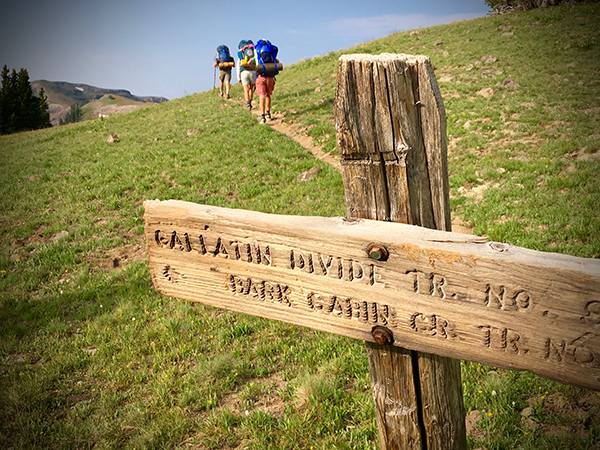
Our trip began on a Sunday, so the foot traffic between Grotto Falls and Hyalite Lake was heavy, which made the passing of several dirt bikes with their noise and smoky emissions all the more inappropriate. As we approached Crater Lake, we observed the damage done to the resource from dirt bikes traveling in areas along the Divide Trail where they are not allowed. During our seven-day trip, we did not see a single U.S. Forest Service employee, yet we did see damage to fragile wet meadows and the erosion caused by dirt bikes shortcutting trails.
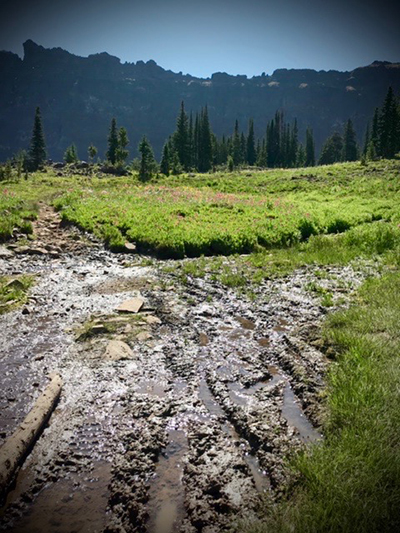
When Congress passed legislation protecting the Gallatin Range in 1988, Bozeman was just a sleepy college town and Yellowstone National Park was not overcrowded. Thirty years later, we've seen the growth of Bozeman, and the Park’s carrying capacity has reached its limit. If ever there was a time to realize that President Reagan made a bad decision in vetoing protection for the Gallatin Range, that time is now.
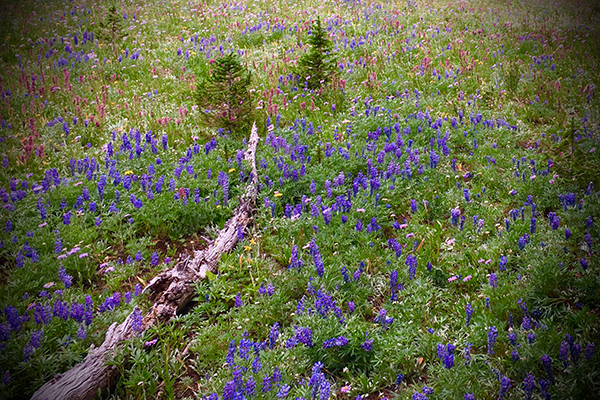
According to the Craighead Institute, the increase in visitation to the Gallatins is adversely affecting wildlife, and perhaps that should be the most important consideration of all. The Gallatin Range provides world-class habitat for elk, moose, grizzly and black bears, wolves, and wolverines. Their habitat is becoming fragmented with migration routes being impacted at critical places. These mountains are a vital part of the Greater Yellowstone Ecosystem, one of the largest of its kind on the planet. However, with the growth in population and visitation, the ecosystem is being threatened by development and heavy recreational use. Research has documented that machines impact the feeding and travel patterns of wildlife far more than visitors who travel by foot or horseback.
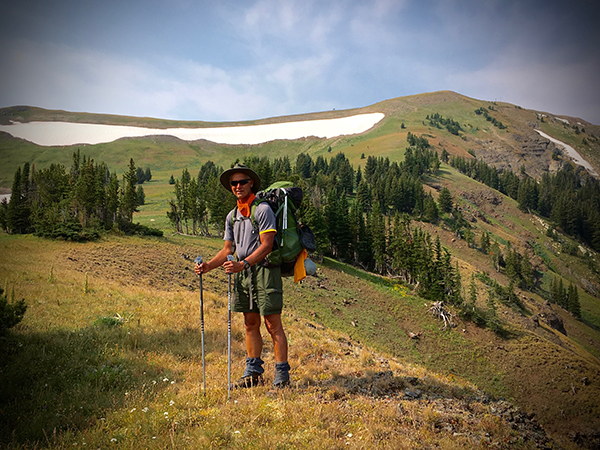
There is a good reason why the 1964 Wilderness Act prohibited machines of all kinds. As I mentioned earlier, 50 years ago, when I was trekking around wild country in Montana, machines on the trails were practically nonexistent. However, the technological advances of “thrill craft,” as some Wilderness adovcates refer to them, allow machines to go practically anywhere, even in steep, mountainous terrain. I experienced this firsthand a couple of years ago. My daughter and son-in-law talked me into a 70-mile bike ride on an old fire road around Mauna Kea on the Big Island of Hawaii. While I enjoy riding a mountain bike, I had never taken such a long ride in one day. Most of the ride would be downhill, but it would still include significant climbs. However, the bikes that we rented were a fairly new breed, called e-bikes, or electronic bikes. The bike had a powerful battery that allowed me to go up hills as though I was floating on a cloud. While I had a fabulous time biking along that old fire road on my “high-powered” mountain bike, I realized the importance of protecting wild areas from such advances in technology. Certainly, mountain biking represents a great outdoor activity, but like all machines, there are some places where that use is simply not compatible. I would maintain that the fragile high mountains and meadows of the Gallatin Range represent such a place.
I think that my experience working in Yellowstone and trekking the wild country of Montana for a half-century provides me with baseline knowledge of the increased demands that humanity is putting on our outdoor-recreation resources. I have witnessed many once-pristine areas become rather trampled and over-crowded. Such areas might look okay today to a newcomer, but the damage over the years that I have observed is indeed insidious.
As our population and visitation continue to grow surely we can recognize the importance of protecting some of the critical remaining wild areas. We need to use foresight and envision what southwest Montana is going to be like a few decades from now. We need to think about what we'll leave for our grandchildren. We need to respect the wild land and the wild creatures who live there, and not feel entitled to take our machines anywhere we want. The great conservationist Aldo Leopold left us with some poignant quotes: “Wilderness is a resource which can shrink but cannot grow” and “I am glad I will not be young in a future without wilderness” are two that come to mind regarding the need to protect and preserve the Gallatin Range. Henry David Thoreau compared losing segments of wild country to his ancestors ripping key pages out of a great book, depriving him of the full story.
Unless the gold standard of Wilderness protection is provided to the Gallatin Range, who knows what the future will bring? A new forest supervisor may decide that motorized use throughout the range is just fine, or that new logging and road building are warranted. New technology like "super" e-bikes with fat tires will be able to go anywhere, and all of this would be to the detriment to the resource, especially its wildlife.
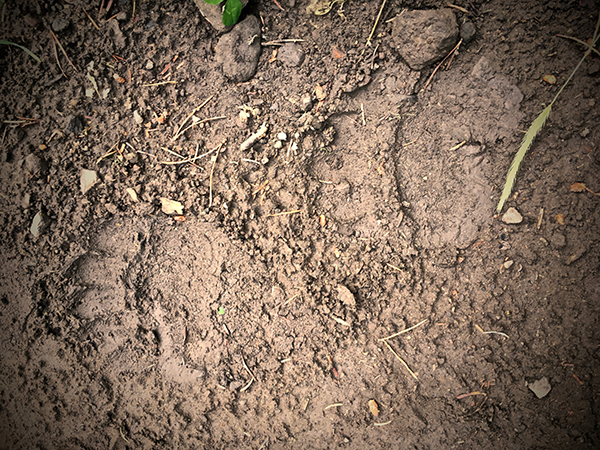
Let’s not be so selfish and steal wild country from our wildlife and our grandchildren. Let’s finish the job and give the Gallatin Range the gold standard of Wilderness protection that it was almost granted 30 years ago.

